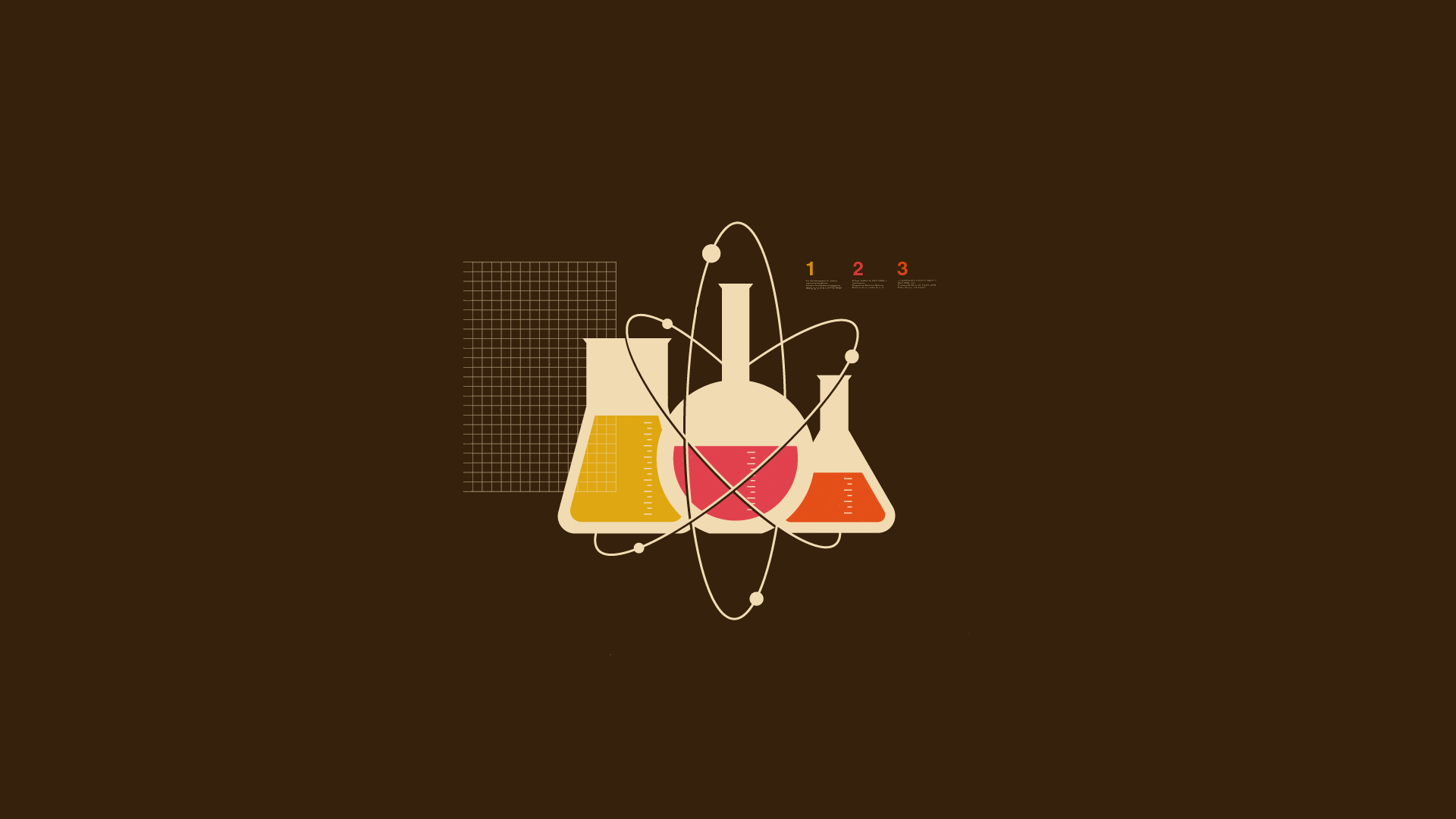On this website, you will find tutorials for installing & managing software, lists of the best linux resources, and in depth guides to linux.
Join us on SlackChanging Points Of View In Chemistry
Robert Washbourne - 4 years ago -

Back in 300 BC, everything was [thought to be] made of four elements: Fire, Earth, Water, and Air.
According to Aristotle, the basis of the material world was very simple: it was made from four elements. Each element was distinguishable by its elements. Fire was hot and dry, Water cold and wet, and Earth dry and cold. This view stuck for thousands of years; Many people used this view to try to make discoveries, like Alchemists, who are famous for their attempts to turn lead into gold. This four element based system stuck for over 2000 years, until Antoine Lavoisier challenged the view with his experiments.
Lavoisier: “Father of Modern Chemistry”
Most historians consider Antoine Lavoisier (1743–1794) the “father of modern chemistry” even though he made a living as a tax collector, not a scientist. However, Lavoisier had a major part to play in the development of chemistry, and made many contributions to our understanding of the subject. For example, Lavoisier showed that water was really made up of hydrogen and oxygen, and defined an element as a structure that cannot be broken down any further. Antoine achieved so much that some people think his discoveries 200 years ago led to changes in how we live today.
The Periodic Table
By around 1860, humans had discovered around 60 elements, and patterns began to emerge. For example, elements sorted by atomic weight possess similarities in columns. Russian chemist Dmitri Mendeleev (1834–1907) was not the only person to come up with a periodic table of elements, but the only person to leave spaces for undiscovered elements, predicting that people would discover new elements, and where they would go on the table. He eventually proposed a periodic table similar to the ones we use today.
The main reason for the tables acceptance where the predictions that Mendeleev made. 15 years after his table was published, the “missing” elements were discovered, with similar properties to what Dmitri Mendeleev predicted. Gallium, germanium, and scandium were unknown when his table was published, but they were all found soon, and they confirmed Mendeleev’s table. But how could these views from many years ago, Lavoisier’s elements and Mendeleev’s periodic table, possibly change the way that we do things centuries later? Sam Keen, writer of New York Times bestseller The Disappearing Spoon, says:
Three of every four elements are metals, but most did nothing but plug holes in the periodic table before World War II. But since about 1950, every metal has found a niche. Gadolinium is perfect for magnetic resonance imaging (MRI). Neodymium makes extremely powerful lasers. Scandium. helped the Soviet Union make lightweight helicopters in the 1980s.
Scientific progress has changed the way we think about our world. Each scientific discovery sparks hundreds of future discoveries, and even thousand year old inventions change the way that we think, like the Periodic Table, a new way of thinking about elements, and even ancient discoveries, like the four element based system of life.

